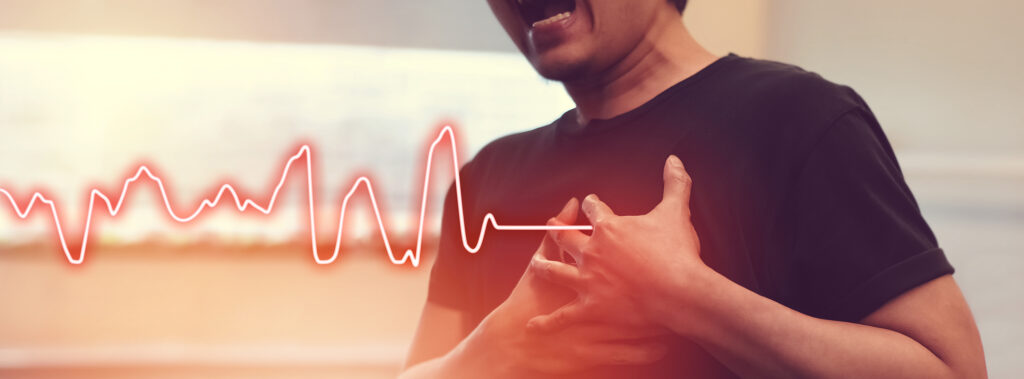Arq. Bras. Cardiol. 2025; 122(5): e20250233
Non-sustained Ventricular Tachycardia and Hypertrophic Cardiomyopathy: When to Consider it as a Risk Factor for Sudden Death and Total Mortality?
This Short Editorial is referred by the Research article "Prognostic Value of Nonsustained Ventricular Tachycardia in Hypertrophic Cardiomyopathy in a Brazilian Cohort: Comparison with World Literature".
Hypertrophic cardiomyopathy (HCM) is an important cause of sudden cardiac death (SCD), particularly in young patients., The implantation of an implantable cardioverter-defibrillator (ICD) in high-risk patients is a pivotal aspect of HCM treatment. However, there are currently no randomized clinical trials to guide the selection of patients who are candidates for ICD implantation. Recommendations are based on retrospective cohorts that have identified the relationship between clinical characteristics and prognosis. Risk factors for SCD include history of syncope or ventricular tachyarrhythmia, family history of sudden death, left ventricular wall thickness, systolic dysfunction, apical aneurysm, late enhancement on magnetic resonance imaging, and the presence of non-sustained ventricular tachycardia (NSVT).
NSVT occurs in 20-30% of patients with HCM and is an independent predictor of SCD.– However, the strength of this evidence varies among published observational studies, often due to differences in the studied populations or diagnostic criteria. Research conducted in tertiary centers indicates that the presence of NSVT is associated with a higher risk of SCD, while studies from non-reference centers have not identified a statistically significant association. Another point of discussion is the characteristics of NSVT that should be considered. While the American guideline places greater emphasis on more frequent, longer, and faster arrhythmias, the European guideline argues that there is no robust evidence to support this., The Brazilian guideline considers NSVT relevant when it is frequent (≥ 3), longer (≥ 10 beats), and faster (≥ 200 beatsper minute).
[…]
176

